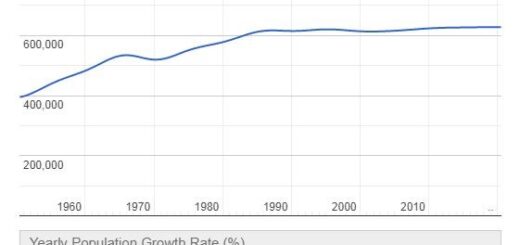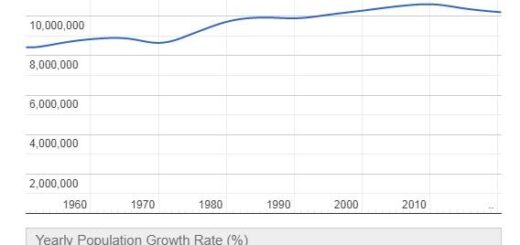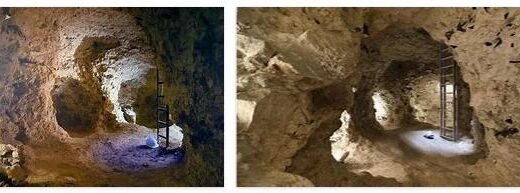Wales History during Industrial Revolution
The UK
The union with Wales had already taken place in 1536 under Henry VIII. The union with Scotland finally took place in 1707, but not on a voluntary basis. Rather, Scotland was moved to this union by economic pressure. Anne became the first British Queen and the Parliament of England was converted into Parliament of Great Britain, adding 45 Scottish MPs.
Between 1702 and 1707 the waves of the War of Spanish Succession also reached the island of Great Britain. The Conservatives emerged victorious from the elections in 1713 and the War of Succession was ended: with the “Act of Settlement” the succession to the throne had been established in 1701 and George I (House of Hanover) succeeded Anne. In 1721 Sir Robert Walpole became the first Prime Minister of Great Britain.
Between 1727 and 1760 George I’s successor, George II, was able to decide several armed conflicts with France and Spain for England, so that India and Canadapassed into the British Empire, which brought the island empire a special and pioneering position. Robert Walpole resigned from his post as British Prime Minister in 1742 during the reign of George II.
Under Prime Minister William Pitt, Great Britain went into the Seven Years’ War (1756 – 1763), in which Great Britain was able to fight for the French colonies in North America, which, however, almost 20 years later resulted in serious problems: George III tried to get through the immense war costs Recovering tax increases in the colonies, which led to uprisings in the colonies and ultimately to the American War of Independence (1775 – 1783).
In 1746, the supporters of the Scottish ruling house of the Stuarts under Bonnie Prince Charlie attempted to regain Scottish sovereignty and the throne. In the Battle of Culloden, however, the Scottish army was defeated and the English reacted to the rebellious attack with strongly repressive methods: from now on Scotland was ruled like a colony. The British government banned both the bagpipes and kilts and the Gaelic language, which resulted in the destruction of Scottish culture.
In 1759 the “British Museum” was opened in London, in 1760 all city walls and gates were torn down in London to enable the metropolis to expand.
In 1800 Ireland was also admitted to the kingdom. The official title of the country was now: “United Kingdom of Great Britain and Ireland”. The first census in the island kingdom took place in 1801: England and Wales had 10 million residents at that time, while London lived 860,000 people.
Industrial Revolution
At the time of the French Revolution on the continent, the Industrial Revolution made great strides on the Channel Islands: the invention of the steam engine by James Watt (1736-1819) ushered in the industrial age and triggered many social upheavals. The world’s first industrial cities emerged in the Midlands. Large parts of the agricultural workforce migrated to the new large urban centers.
Steam engines, mining, and hydropower accelerated transportation and production.
From around 1770 onwards, the copper industry mainly used Welsh ore from the Parys Mountains on the island of Anglesey. This copper is the beginning of an industry that accounted for half of world production at the end of the century.
Between 1802 and 1828 the port of London was expanded and with numerous new docks it became the largest port in Great Britain. Lord Nelson was victorious in 1805 with his flagship Victory and a war fleet against the French Navy in the battle of Trafalgar; Lord Nelson himself was killed in the battle. In 1806 the continental barrier was set up, the consequences for Great Britain were not as bad as feared, as free trade was introduced and industrial development brought additional export opportunities with it. These were so profitable that the slave trade, which in the meantime brought in far less profit, could be banned in 1807. In the so-called “Year of the Burning” 1814 all highland farmers were driven from their fields, so that large flocks of sheep could graze there. In 1815 the United Kingdom’s colonial acquisitions were recognized by the Congress of Vienna.
The rather abrupt transition to the industrial era had badly affected the poor population. Child mortality, crime and social deprivation were effects of the industrial revolution.
At the time of Queen Victoria’s accession to the throne in 1837 (1819-1901) and during the entire Victorian Age (1837 to 1901), Great Britain was the richest and most industrialized country and thus the undisputed world power. The fleets ruled the oceans while British factories ruled world trade. However, the population continued to suffer from the consequences of capitalism and poverty and misery continued to spread. British society nevertheless developed from an aristocratic-agrarian society to a bourgeois-industrial one in the course of this epoch.
Prime ministers such as Disraeli (1804-1881) and Gladstone initiated reforms to address industrial problems. A universal school system was introduced, trade unions were legalized and most men were given the right to vote. Women, on the other hand, were only granted this right after the First World War.
In 1847/48 Karl Marx and Friedrich Engels founded the League of Communists and published the Communist Manifesto (“A ghost is about in Europe […]”). In 1851 the first world exhibition took place in London and Joseph Paxton built the “Crystal Palace” exhibition pavilion.
The Bute Dock was built in Cardiff in 1839, from where the steamship fleets were supplied with the coal they needed. And in 1916, David Lloyd George became the first Welsh Prime Minister of Great Britain.



